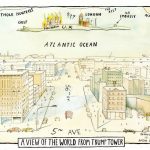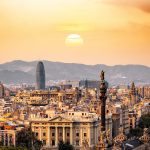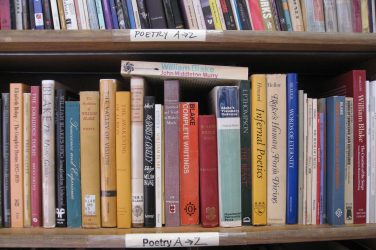E&M’s Snapshot series is back. This time, our editor Sam Stevenson explores one of Italy’s most captivating cities: Florence, the so-called culla del Rinascimento (the cradle of the Renaissance).
Florence is an alluring place. It’s quaint, cobbled streets and discombobulating road layout give it a unique charm that’s almost unparalleled. Perhaps it’s the knowledge that somewhere, down a certain narrow alley-way, one walks in the very footsteps of the great Dante Alighieri himself.
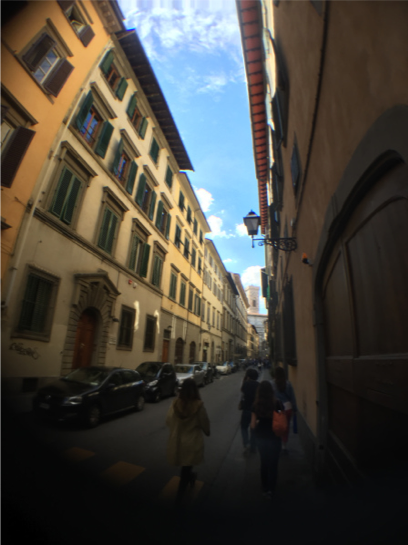
It’s the same feeling strolling through Stratford-upon-Avon in the UK; that curious sensation knowing that Shakespeare would have frequented its markets and public houses. These literary legends, it seems, have an enduring presence in the places where they once lived.
To feel this presence, of course, requires significant imagination. Yet, people fascinated by these characters are unlikely to find this trait in short supply.
What requires less imagination, indisputably a prevalent symbol of Renaissance accomplishment, is the grandiose Cattedrale di Santa Maria del Fiore (Cathedral of Saint Mary of the Flowers). The Florence cathedral, or Duomo, is an iconic structure. It’s hard to not be bowled over by this spectacular feat of Middle-Aged engineering. Originally initiated in the Gothic style, its structural completion, in 1436, saw the erection of its illustrious dome. Designed and implemented by Filippo Brunelleschi, who won the much-coveted commission, it is, to this day, the largest brick dome ever built.

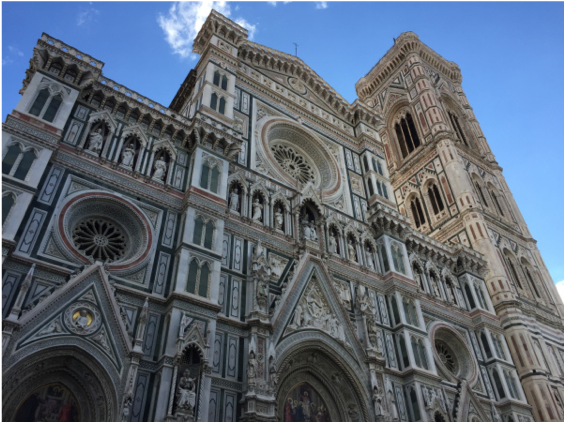
Another notable highlight of the cultural centre, among various others, is Ponte Vecchio (Old Bridge). It is one of the several crossing points that breach the River Arno as it meanders through the city. This intriguing walkway is home to a multifarious mishmash of boutique stores. They are, somewhat precariously, supported by protruding wooden platforms and reinforced with flimsy-looking stilts. Originally owned by butchers, the shops now sell tourist knickknacks along with articles of jewellery and art. Amazingly, it is the only bridge in the city to have survived the Second World War. It also constitutes Vasari’s elevated corridor which connects the Uffizi to the Palazzo Pitti home, today, to the main municipal museum.
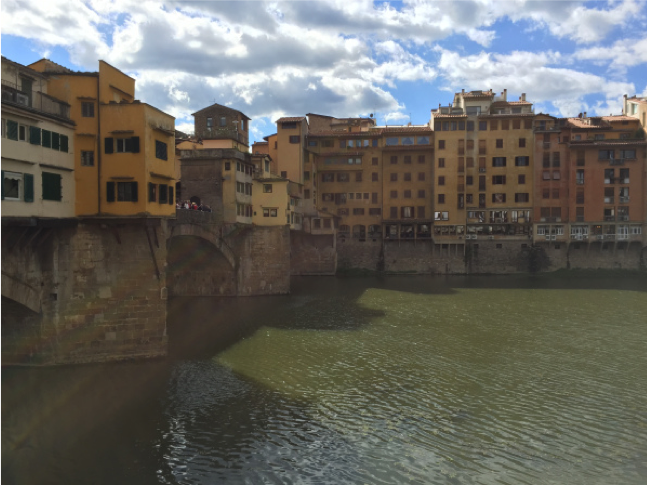
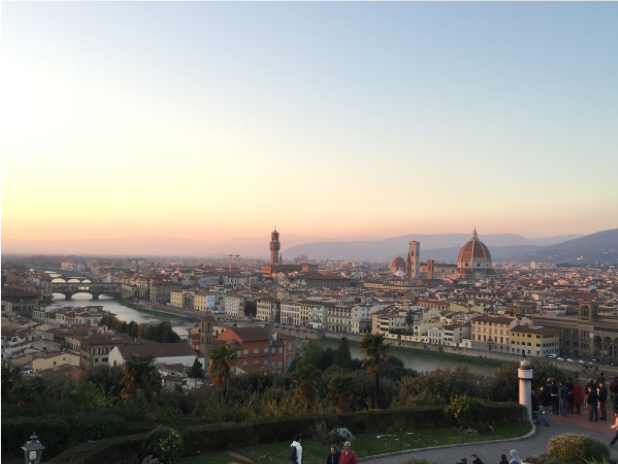
An undeniable gem of Italian cultural rejuvenation; an abiding civic icon; a boundless source of inspiration, Florence, deservedly so, earns its crowing epithet: la culla del Rinascimento.
Feature image: Sam Stevenson





